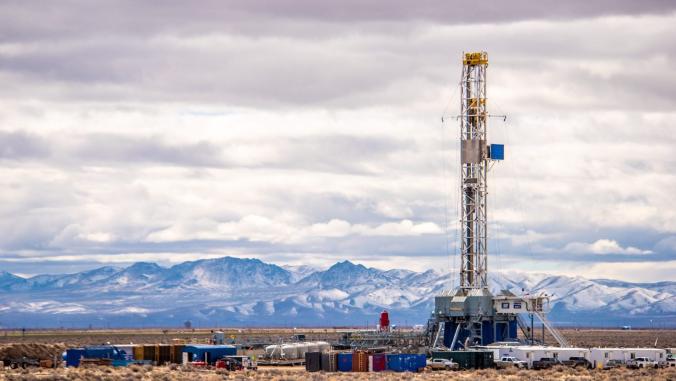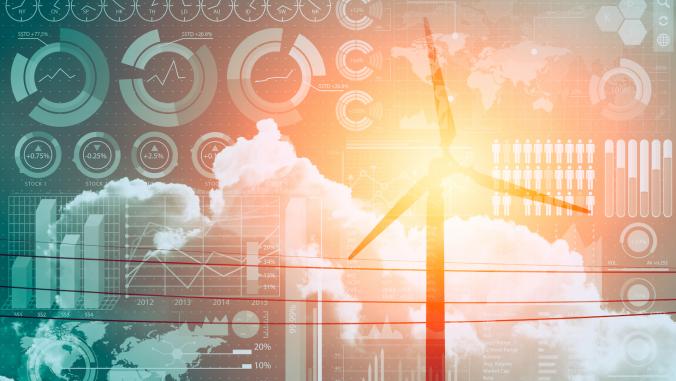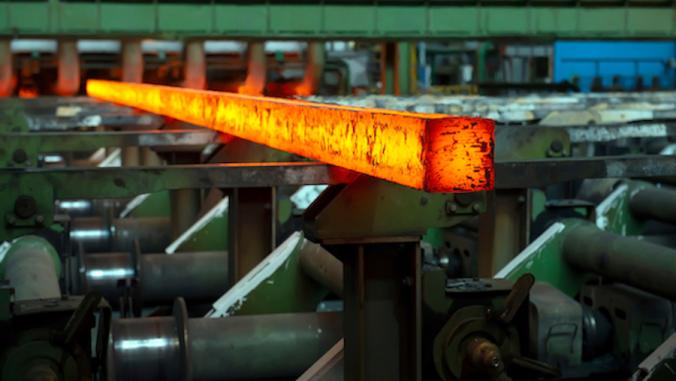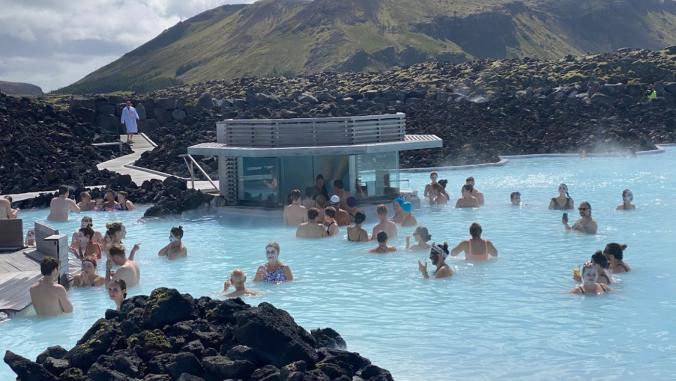The case for electrifying buildings is a no-brainer. It makes buildings healthier, cheaper and is essential to addressing climate change (building operations account for 28 percent of emissions globally — more than all of the transportation sector).
That doesn’t mean electrifying buildings will be easy. Beyond the coordination needed between building owners, contractors and occupants to retrofit buildings, electric appliances still have a higher upfront cost (although they are cheaper over the life of the appliance). That means the early adopters tend to be affluent individuals (think early Tesla owners) or companies with healthy profit margins (such as Google and Microsoft).
BlocPower, a New York-based startup, wants to flip that path to adoption upside down. Its vision is to finance all-electric upgrades for buildings in low-income communities to accelerate the speed and scale of deployments.
"We have to start with the mass market and communities of color, and offer them services and projects that make sense to their budget in order to reduce greenhouse gases on a time frame that makes sense," BlocPower CEO Donnel Baird recently said on the podcast Watt It Takes.
This week, the company announced a Series A funding round to the tune of $63 million, led by The Goldman Sachs Urban Investment Group. The fund will enable BlocPower to expand and scale its inner-city energy retrofits to projects across the nation, with $49 million going toward low-income residential buildings and $6 million dedicated to low-income small commercial buildings, houses of worship and other community buildings.
Core to this strategy is keeping the benefit of building electrification in these communities — creating jobs, improving health and saving households money. It also is a glimpse into financing models that can help commercialize technologies, while ensuring all communities have access to climate tech.
Financial innovations are as important as technological innovations
There is a beautiful dance between finance and technology that can scale clean energy technologies: Prices fall when deployments increase; deployments increase when prices fall.
The challenge is getting this virtuous cycle going. Early technologies are expensive and can have bugs, which can scare away early adopters.
Financial innovations can help by jumpstarting the mainstreaming of clean technology and removing the risk from customers. The classic example of this in action is solar, where the innovation of solar loans and leases led to the proliferation of rooftop solar. This supported the rapid reduction of price, with utility-scale solar reaching 6 cents per kilowatt-hour in 2017 — three years before the Department of Energy’s ambitious SunShot goal, once seen as unrealistic.
Many clean energy technologies save money over time, so upfront finance can be a great investment. It’s one reason why there has been a rise in companies that offer energy upgrades as a service — the offtaker pays a subscription fee that is more than offset by energy savings, while the owner of assets gets a return on its investment.
BlocPower is taking this principle and applying it to low-income neighborhoods, often overlooked in financial innovations, and electric appliances, in need of rapid commercialization before they can scale to meet the climate challenge.
Keeping economic benefits of clean energy local
BlocPower’s model goes beyond bringing the energy savings to poor neighborhoods; it is also working to keep the wealth creation local.
According to Baird, the financial product developed with Goldman creates a holding company that owns the clean energy equipment available to low-income building owners. The twist is these holding companies could be co-owned by low-income community members and nonprofits, so they benefit from the dividends.
"So now the idea or concerns about, ‘How do you get people of color or low-income people in the climate movement?’ Well, we’re going to give you an economic stake," Baird said on Watt It Takes. "We’re going to give you equity, not just in terms of, ‘Are we going to treat you fairly?’ Equity in terms of, ‘We’re going to give you stock in a new corporation that we’re co-creating so that you have financial incentive to participate in the clean energy economy."
Relatedly, BlocPower strives to create local jobs within the communities where building upgrades occur. While the details of job training aren’t spelled out in the company’s funding release, the idea is solid; workforce training uplifts communities and keeps people engaged in the clean economy.
And there will be enough jobs to go around. Rewiring America, a think tank that has done detailed accounting into what it would take to curb U.S. emissions, estimates that electrifying everything (buildings, transport and industry) would create upwards of 25 million jobs in America alone.
Building electrification is worth it
From a climate perspective, electrification is an imperative. There just isn’t a path to a safe climate future without addressing natural gas in buildings. But even if that weren’t the case, electrification is great for building occupants.
From a cost perspective, electrification will slash energy bills in new construction and in many retrofits today. Looking forward to the cost of electricity in the years to come, Rewiring America determined that the average American household would save an average of $1,900 per year by going all-electric — including financing to switch to electric appliances and cars.
This is especially valuable for communities of color, who disproportionately suffer from energy poverty, meaning they struggle to afford baseline energy needs. As a percentage of income, Black households pay upwards of threefold more than white households for energy. Relieving monthly expenses associated with inefficient and dirty energy is a natural way to uplift communities and help keep money local.
From a health perspective, a growing mountain of evidence shows natural gas appliances in homes can be dangerous, with research from UCLA showing they produce a range of air pollutants inside homes that can have acute and chronic health impacts. This is especially bad in smaller apartments — where low-income families tend to live.
Want more great analysis of the clean energy transition? Sign up for Energy Weekly, our free email newsletter.






